One of the most established teppanyaki restaurants in Taipei, Hunghwa Teppanyaki has attracted local diners with high-quality beef and seafood prepared by experienced chefs for more than 35 years. It has since had offshoots spread to many department stores, including run-of-the-mill variations at food courts. Having heard of the teppanyaki institution for a long time but never visited, my dining partner and I recently chose to dine at the restaurant chain’s top-end branch, Hunghwa Teppanyaki Steakhouse, which is perched on the seventh floor of the A9 building of Shin Kong Mitsukoshi Department Store (新光三越百貨) in Xinyi District (信義).
The experience turned out to be merely passable. While we found the food and location were premium and the portions were more than generous, the overall dining experience was a letdown.
Walk into Hunghwa and one immediately gets the impression that it chooses to maintain an old-school charm rather than upgrading to contemporary aesthetics. The dining space is mainly divided into large box seats, each of which can accommodate around 10 diners and is manned by a chef.
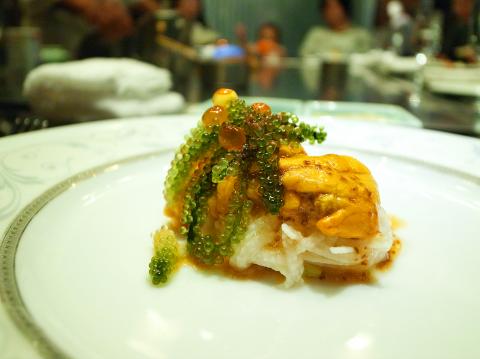
Photo: Ho Yi, Taipei Times
The menu is composed of a good range of set meals, ideal for a slow, multiple course dinner. As I was in the mood to indulge, I had the chef recommend the set (NT$2,680) and selected US boneless beef short rib, goose liver, lobster and grouper. I enjoyed the lobster and grouper, both grilled to reach a nice level of tenderness. But I didn’t really get the goose liver, damp in plum sauce and served with a preserved, sad-looking green cherry on the side.
One of the fun parts of eating teppanyaki is to be able to talk to your chef. After listening to the chef’s suggestion, I ordered my boneless short ribs medium-well, and they were made delightful tidbits, juicy and buttery.
My dining companion went for the special dinner (NT$2,180), a less fancy set with the US ribeye cap steak as the entree. While devoid of some of my guilty-pleasure items, his set contained the same hors d’oeuvre as mine, including the caviar and smoked salmon as well as sea urchin, which were fresh and simply seasoned.
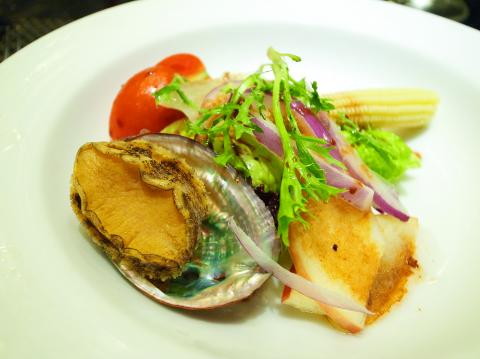
Photo: Ho Yi, Taipei Times
Cooked medium, the ribeye cap steak was equally satisfactory. The prized cut was richly marbled and notable for its tenderness.
Overall, the food was good but didn’t have the refinement one would expect from an establishment like this.
My main gripe is, however, that the restaurant somehow mistakes the idea of efficiency for that of abruptness when it comes to serving food. Our servers, while friendly and helpful, served and removed our plates, sometimes barely finished, at an unusually brisk pace, leaving us little time to savor what is supposed to be a leisurely feast.
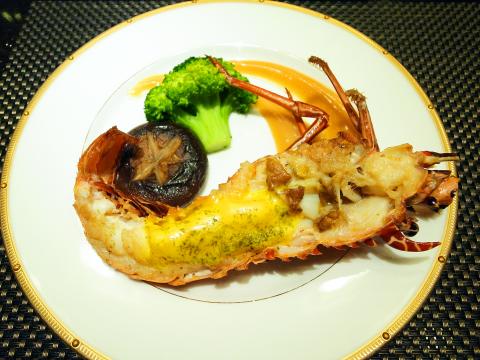
Photo: Ho Yi, Taipei Times
Another disappointment is Hunghwa’s cellar — or rather, the absence of one. The restaurant only carries an unjustifiably insipid selection of beer and no wine.
After meals, patrons are led to a tea room outside the restaurant to have dessert and drinks. The cheese cake and tiramisu we ordered came in slices so big that I doubt even the most dedicated trencherman could finish them after such a hearty feast. For smokers, an adjacent smoking room is possibly a godsend.
Those interested can try their luck at other venues of Hunghwa Teppanyaki Steakhouse, which are located at Taipei 101 and Pacific Sogo Department Store’s (太平洋崇光百貨) Fuxing Branch (復興館). More information can be found at the restaurant chain’s largely Chinese-language Web site: www.hunghwa.com.tw.

Photo: Ho Yi, Taipei Times
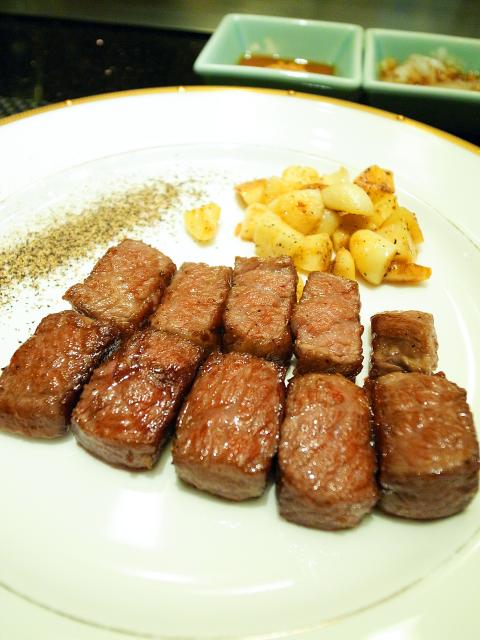
Photo: Ho Yi, Taipei Times
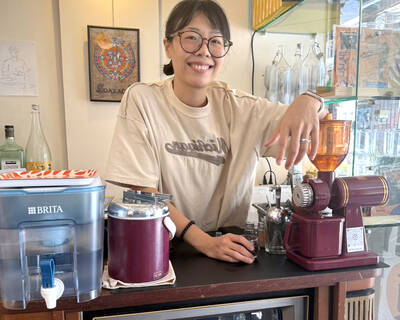
Cheng Ching-hsiang (鄭青祥) turned a small triangle of concrete jammed between two old shops into a cool little bar called 9dimension. In front of the shop, a steampunk-like structure was welded by himself to serve as a booth where he prepares cocktails. “Yancheng used to be just old people,” he says, “but now young people are coming and creating the New Yancheng.” Around the corner, Yu Hsiu-jao (饒毓琇), opened Tiny Cafe. True to its name, it is the size of a cupboard and serves cold-brewed coffee. “Small shops are so special and have personality,” she says, “people come to Yancheng to find such treasures.” She
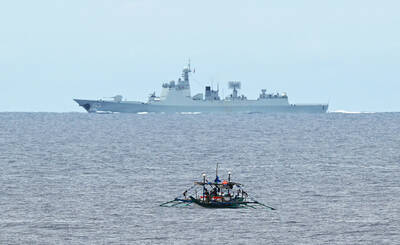
Late last month Philippines Foreign Affairs Secretary Theresa Lazaro told the Philippine Senate that the nation has sufficient funds to evacuate the nearly 170,000 Filipino residents in Taiwan, 84 percent of whom are migrant workers, in the event of war. Agencies have been exploring evacuation scenarios since early this year, she said. She also observed that since the Philippines has only limited ships, the government is consulting security agencies for alternatives. Filipinos are a distant third in overall migrant worker population. Indonesia has over 248,000 workers, followed by roughly 240,000 Vietnamese. It should be noted that there are another 170,000

Hannah Liao (廖宸萱) recalls the harassment she experienced on dating apps, an experience that left her frightened and disgusted. “I’ve tried some voice-based dating apps,” the 30-year-old says. “Right away, some guys would say things like, ‘Wanna talk dirty?’ or ‘Wanna suck my d**k?’” she says. Liao’s story is not unique. Ministry of Health and Welfare statistics show a more than 50 percent rise in sexual assault cases related to online encounters over the past five years. In 2023 alone, women comprised 7,698 of the 9,413 reported victims. Faced with a dating landscape that can feel more predatory than promising, many in

Former Chinese Nationalist Party (KMT) chairwoman Hung Hsiu-chu’s (洪秀柱) attendance at the Chinese Communist Party’s (CPP) “Chinese People’s War of Resistance Against Japanese Aggression and the World Anti-Fascist War” parade in Beijing is infuriating, embarrassing and insulting to nearly everyone in Taiwan, and Taiwan’s friends and allies. She is also ripping off bandages and pouring salt into old wounds. In the process she managed to tie both the KMT and the Democratic Progressive Party (DPP) into uncomfortable knots. The KMT continues to honor their heroic fighters, who defended China against the invading Japanese Empire, which inflicted unimaginable horrors on the